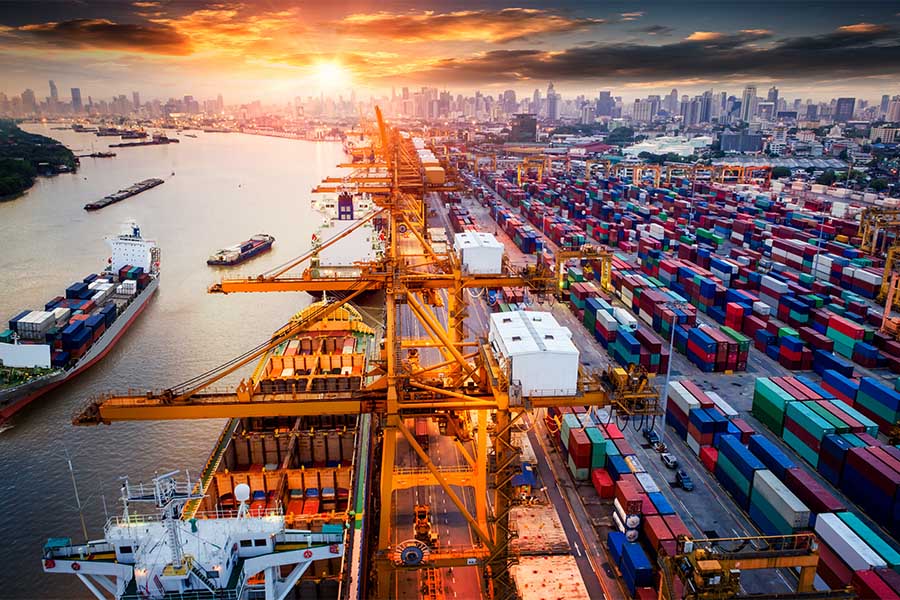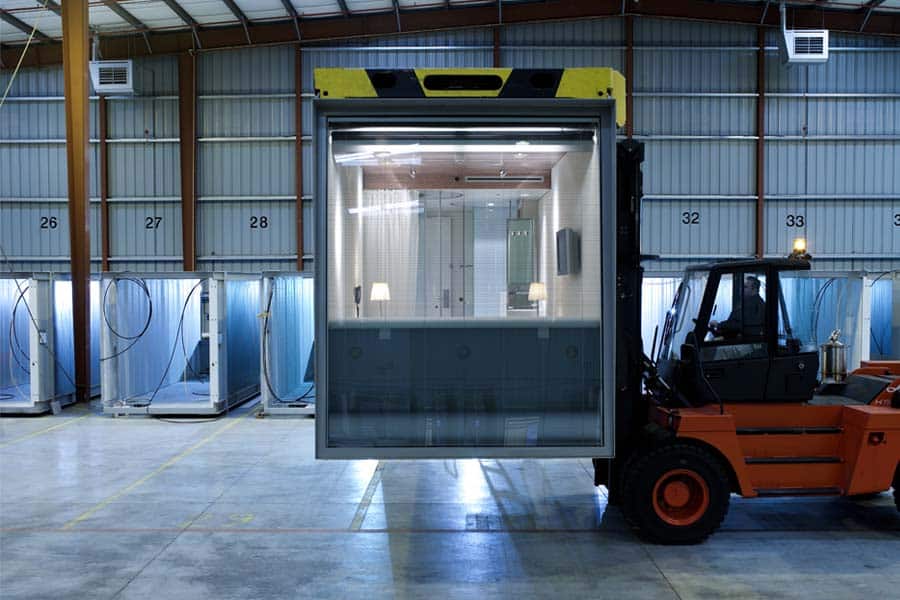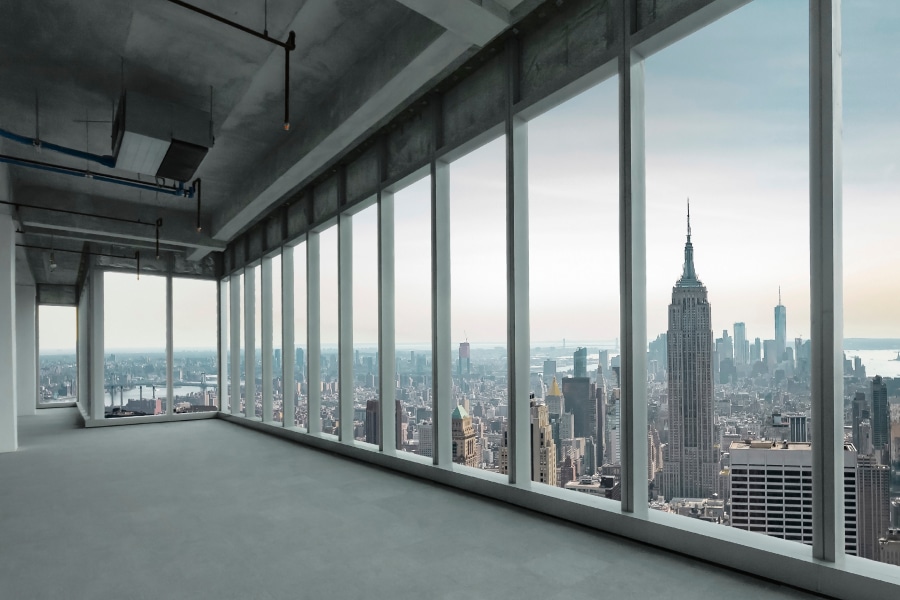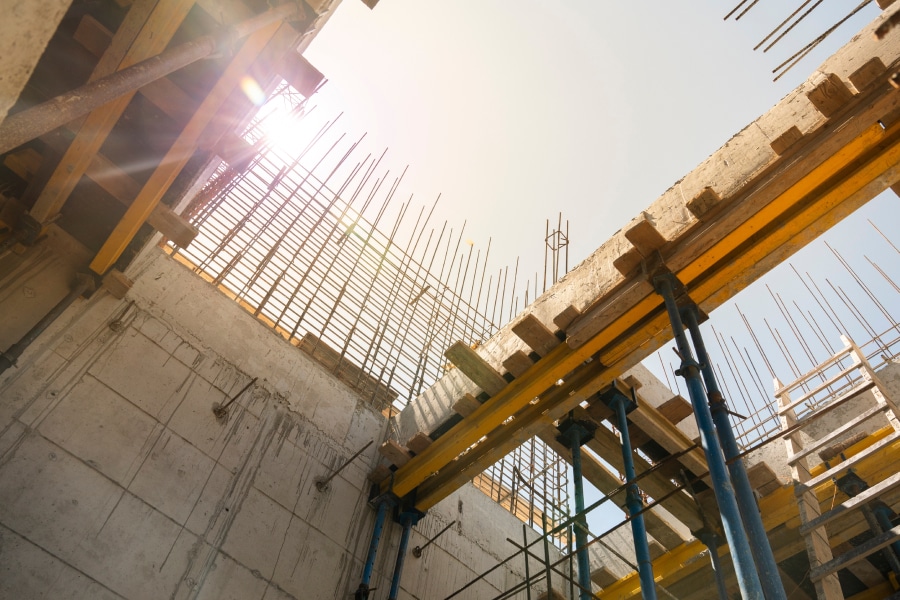The COVID-19 pandemic has undoubtedly disrupted the world economy. Nowhere has this been more evident than the global supply chain, which has grabbed headlines in recent months as the slowdown in the transportation of critical goods and supplies has had far-reaching influence on almost every industry.
Construction has felt this crisis especially hard, as it has pushed up prices for critical building materials from lumber to steel, making it difficult for contractors to complete projects on time and under budget.
Here are three major factors contributing to the disruption in the supply chain for the construction industry, according to Shaun Heng, an economist and vice president of growth and operations at CoinMarketCap.
Labor shortages
When the COVID-19 pandemic made its initial shockwave through the world in early 2020, the global workforce was nearly instantly disrupted. Millions upon millions of knowledge workers retreated to their homes to work amid precautionary lockdowns. But for sectors where remote work wasn’t an option, COVID-19 was far more direct and damaging, Heng said.
This was especially the case for jobs critical to the normal function of the global supply chain, the interconnected system that products, people and supplies move along to produce everything from toilet paper to electronics. Workers missed time from being sick with the virus, other workers avoided work altogether in fear of becoming ill and ever more workers dropped out of the workforce entirely, Heng said.
The combination brought upon a massive worker shortage in critical supply chain jobs at a time when demand for goods began to soar as people stocked up amid lockdowns.
Material price volatility
At the onset of COVID-19, many thought the pandemic would stall demand for critical construction supplies such as wood. But what few economists or forecasters saw coming was a pandemic-induced migration that spiked demand for residential construction, as homeowners decided to use lockdowns as time for major home renovations and expansions, while others indefinitely left major urban centers for more space, resulting in a demand for housing nowhere near its supply.
What’s more, the construction industry was almost immediately deemed an “essential” business by the government. So as other industries were forced to cut back or stall production entirely, in the U.S. and most other countries’ jobsites kept on humming with enhanced safety protocols in place, keeping demand for building materials high but supply tight.
Lumber, among the more essential construction materials, became extremely hard to come by, as mills initially curtailed production in early 2020 expecting a pullback in demand. This resulted in a massive price spike throughout much of 2020 into 2021 (although at the time of this writing, prices for lumber have somewhat stabilized).
Trucker shortage
In addition to the massive cargo ship backup happening at many major U.S. ports is the lack of available transportation to get those goods en route once they are finally off the ships from overseas. This is because of the dual problem of not enough trucks or people to drive the ones that are available, Heng said.
A global semiconductor shortage has crimped the supply of new trucks and other automobiles, as much of their technology is made with such critical computing hardware. And the economics of the trucking industry have made it difficult to attract enough people to drive those trucks filled with goods once they’re unloaded from the major cargo ports.
“Many drivers are paid by delivery, not by the hour or day,” Heng said. “However, there is now a long line that truckers must wait to receive cargo loads. As truckers are not compensated for this extra time, it no longer is viable for many to take and make deliveries.”
Contractors brace for more supply chain woes
Thomas Jepsen, founder and CEO of residential construction company Passion Plans, said he’s not sure what 2022 will bring due to these continued supply chain disruptions.
“We’re seeing massive strikes among companies like John Deere,” Jepsen said. “On top of that, we’re basically not able to deliver on our construction contracts already. With increased legislation, I’m afraid construction will be severely bottlenecked in the year to come. We’re already struggling getting people to work and combined with the cold winter provided by La Nina, it will be hard to draw people to the trade.”












